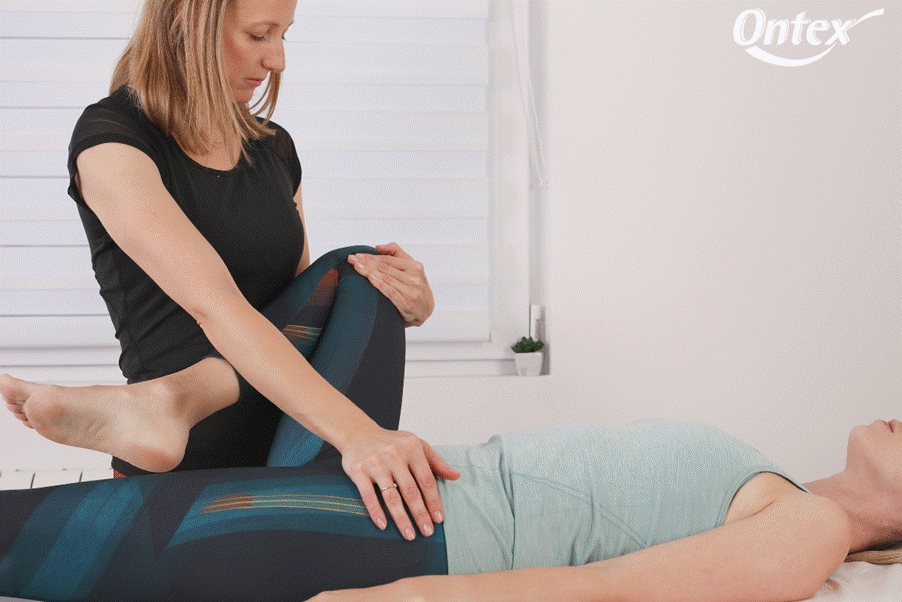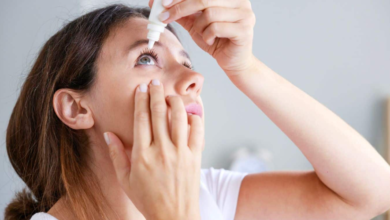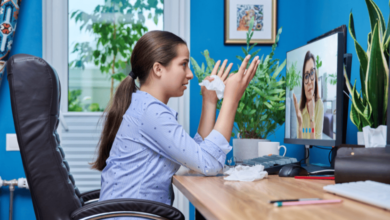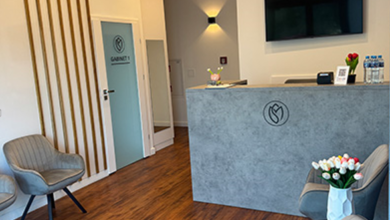Active Seniors: Staying Confident with Bladder Control Solutions

If you’ve started avoiding your Saturday morning tennis or declined dinner invitations because of bladder problems, you’re joining 1 in 4 adult Australians who face similar challenges. Here’s the thing, though: you don’t have to let bladder control issues run your life anymore.
In this guide, we’ll show you practical ways to manage bladder control so you can return to the physical activity you love with complete confidence. We’ll cover:
- Understanding different types of incontinence
- Simple exercises you can do at home
- Smart strategies for staying active
- When professional help transforms results
- Your path to confident active ageing in Australia
www.ontexhealthcare.com.au/ is here today with some inspiring guidance to help you reclaim your active lifestyle. Let’s get started on your journey back to the activities that bring you joy.
The Two Main Types of Urinary Incontinence
Stress incontinence and urge incontinence are the two common types of incontinence that people face nowadays. Do you know the harsh reality? Only people facing any of the urinary incontinence (or both) can properly realise this.

Your bladder might act up during activities you’ve enjoyed for years, and there’s usually a clear reason why. Well, if you have any type of urinary incontinence, then you’re dealing with a real challenge (but don’t worry, we’ll cover the solutions very soon).
Here are the two main types you need to understand:
Stress Incontinence During Physical Activity
Stress incontinence is when urine leaks during everyday actions like coughing, sneezing, or lifting. The reason this occurs is that your pelvic floor muscles can’t handle sudden pressure like they used to. Common triggers include tennis serves, gardening, picking up grandchildren, or even walking up stairs.
This makes life a struggle for both those who suffer from it and their caregivers, because normal activities become a challenge. When you have incontinence, you’re always waiting for the other shoe to drop, so to speak.
Urge Incontinence and Sudden Bathroom Dashes
Urge incontinence involves a sudden, intense need to urinate that feels nearly impossible to control. You might be enjoying a bushwalk when you suddenly need a bathroom immediately, even though you went before leaving.
What’s happening is your bladder muscles contract without warning, sending urgent signals. This often strikes during social outings, long car trips, or while shopping.
Once you figure out which type you’re dealing with, you can target the right solutions. Strengthening the right muscles makes all the difference.
Simple Pelvic Floor Muscle Exercises
We know you want exercises that actually work, not just general advice about “strengthening your pelvic floor.” Your pelvic floor muscles support your bladder like a strong foundation, and specific targeted exercises can rebuild that strength.

Here’s how to make real progress:
- Kegel Exercises: These are the building blocks for better bladder control. Start by contracting the muscles you’d use to stop urination mid-stream. Hold this squeeze for 3 seconds, then relax for 3 seconds. The reason these work so well is that they directly strengthen the muscles around your bladder. Once you get the hang of it, practice 10 repetitions three times per day, and you’ll start preventing those unexpected leaks during laughing or lifting.
- Modified Bridge Pose: Here’s a gentle way to build the deeper strength your bladder needs. Lie on your back with knees bent, then slowly lift your hips while gently squeezing your pelvic floor muscles. This gives your bladder extra support from underneath. Hold this position for 5 seconds, then lower down slowly. Aim for 8-10 repetitions daily to build that foundational strength.
- Pelvic Floor Squats: We love this one because it combines two benefits in one movement. Start by standing with your feet shoulder-width apart. As you squat down slowly, engage your pelvic floor muscles at the same time. This teaches your bladder muscles to work during real-life movements like getting up from chairs or picking things up.
- Heel Slides: This is perfect if you’re just starting or want something gentler. Lie down comfortably, then slide one heel away from your body while keeping your pelvic floor gently engaged. This builds coordination between your core and bladder muscles without any strain on your joints.
Remember, most seniors start noticing real improvements in their bladder control after about 6-8 weeks of doing these exercises regularly.
Helpful Ways to Stay Active While Managing Bladder Control
Building pelvic floor strength takes time, so let’s talk about tricks that help you stay active right now. Isn’t it great when simple prep work gets rid of those bladder worries?
We’re talking about smart timing as your first step. To give yourself the best chance of staying dry, empty your bladder about 20 minutes before your morning walk or gardening. Then, cut back on drinks two hours before, especially coffee, which can bother your bladder.
The next step is getting your gear right, which helps you feel much more confident. Choose darker workout clothes and get quality protective products made for active people. Also, find out where the bathrooms are before community events. Sometimes, though, mixing self-help tricks with professional help creates the fastest path to freedom.
Can Professional Help Transform Your Results?
Yes, professional help can speed up your results significantly and give you access to treatments you can’t do at home. Professionals have specialised equipment, medication options, and personalised treatment plans that target your specific type of bladder control issue.
The thing is, many Australian seniors put off seeing their doctor about bladder problems because of embarrassment. But the truth is that professional support can speed up your results in ways you never thought possible.
Consider what these treatment options could do for you:
- A physiotherapist can help you get better bladder control in just 8-12 weeks using proper equipment.
- Special medications often make those urgent bathroom trips happen less frequently within a month.
- Online learning programs let you study bladder health topics at your own pace, anytime.
- Continence nurses deal with these issues every day and understand exactly what you’re going through.
These professionals have solutions you probably haven’t tried yet. They know which approaches work best for different types of bladder problems.
Best of all, your first appointment is much easier than you think. Most visits are bulk-billed, which means no extra cost to worry about. The reality is that working with professionals who understand bladder control usually gives faster results than trying to manage everything yourself.
Read Also: Why Singapore Restaurants Are Adopting Advanced Queue Management Systems for Peak-Hour Efficiency
Embracing Your Active Ageing Journey with Confidence
You now have real tools to manage bladder control problems. The question is: what will you do first?
Your action plan starts here:
- Do pelvic floor exercises for 5 minutes each morning
- Empty your bladder before leaving home for activities
- Call your GP if you want professional help
- Join a local walking group or community activity you enjoy
Many seniors worry that bladder problems mean giving up the things they love. That’s simply not true anymore. You can get back to tennis, gardening, or visiting friends without constant worry about accidents.
So, don’t hesitate to reach us for additional support and helpful resources. We wish you all the best in this journey.






